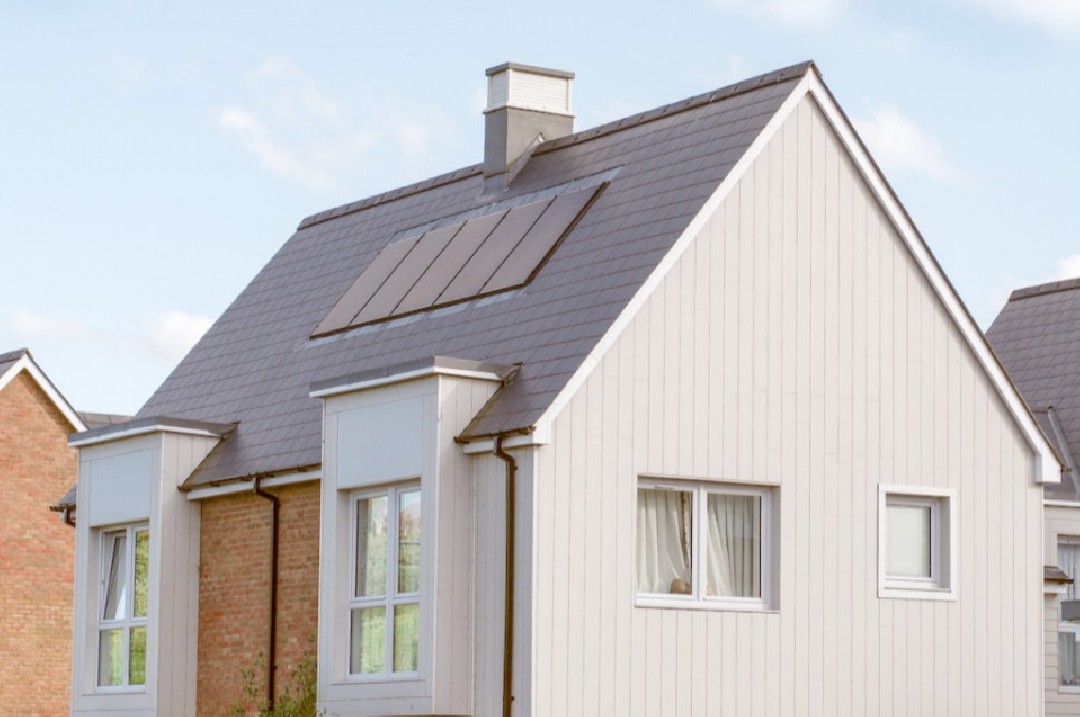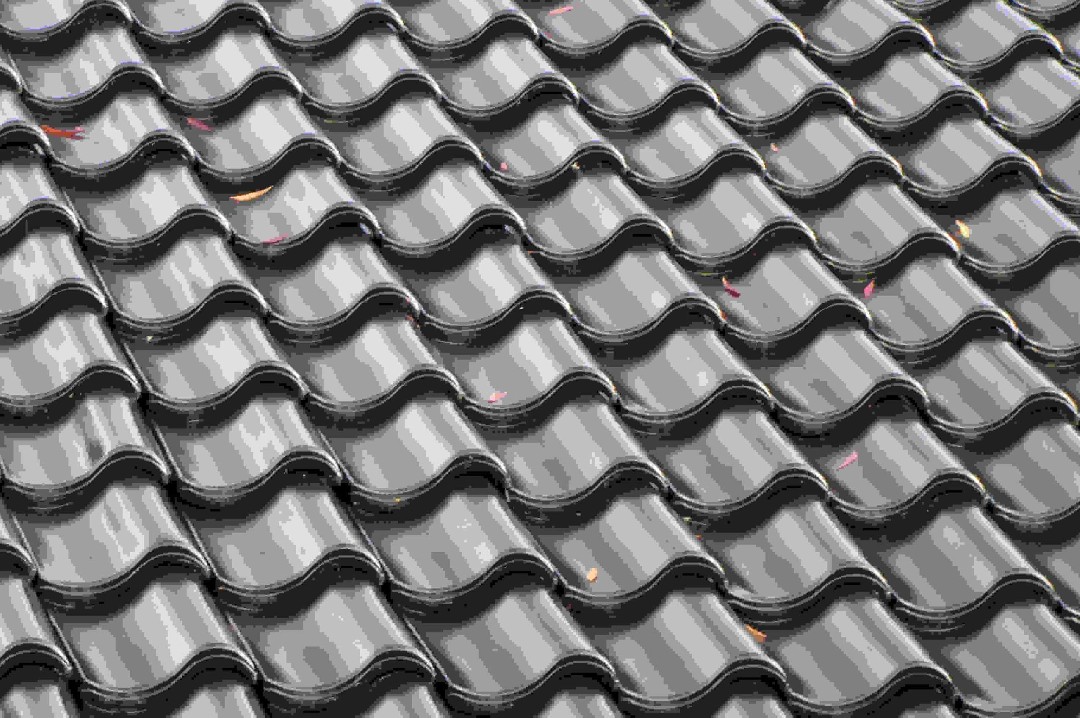Exploring the Three Main Types of Roofs: Which One is Right for Your Home?
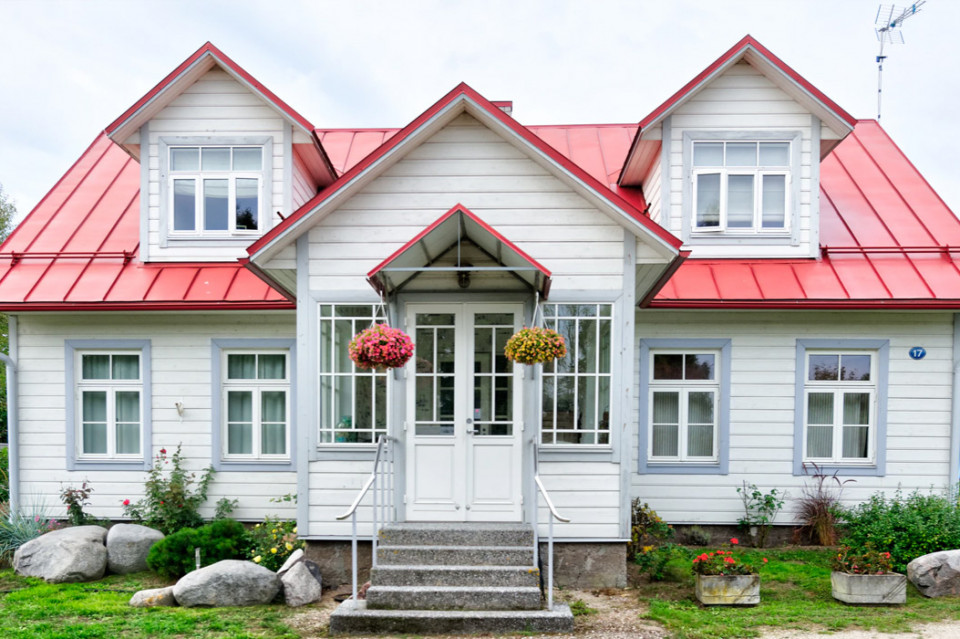
Making the decision to upgrade or repair your roof can be daunting but it doesn't have to be. There are a variety of different types of roofs that you can choose from, each with its own benefits and drawbacks. Taking the time to learn about these three main types of roofs will help you make an informed choice for your home's situation. Discover which type is right for you below before contacting Burr Ridge Roofing for your roofing needs.
Asphalt Shingles
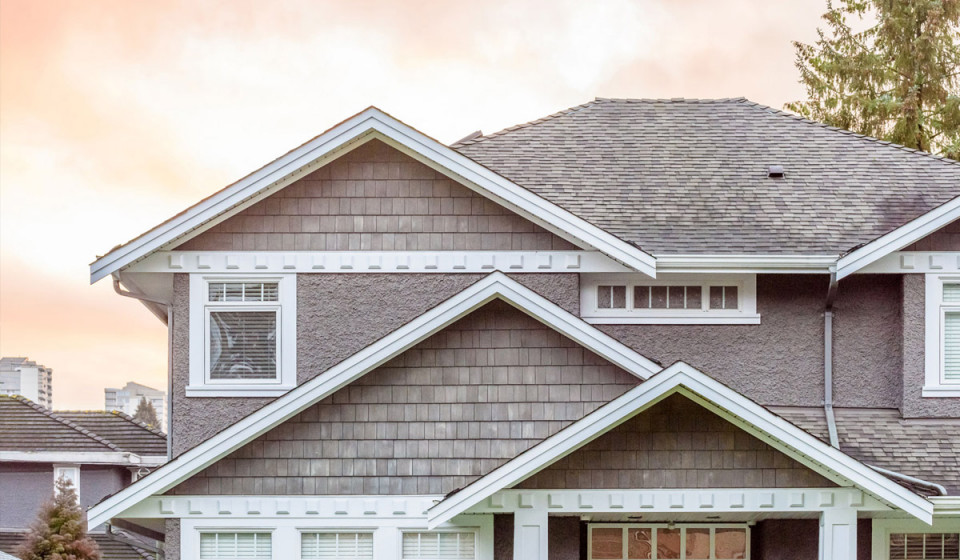
source : burrridgeroofing.com
In North America, asphalt shingles are the most widely used roofing material. They are constructed from a fiberglass mat that has been covered in asphalt and mineral granules.
Advantages:
- Cost-effective: Asphalt shingles are affordable compared to other roofing materials. They are readily available, and they are relatively easy to install, which makes their installation process less costly. Moreover, they require minimal maintenance, which saves you money in the long run.
- Diverse design options: Asphalt shingles come in different sizes, shapes, and colors, which gives you various options to choose from. Whether you want a modern, traditional, or vintage look, you can find the perfect match for your property's style.
- Weather-resistant: Asphalt shingles can withstand different weather conditions, including heat, cold, rain, and snow. They also come with a Class A fire rating, which means they are self-extinguishing and will not contribute to spreading flames.
Disadvantages:
- Short lifespan: Asphalt shingles have a shorter lifespan compared to other roofing materials, such as metal, tile, or slate. They can last between 20 and 30 years, depending on the quality of the shingles, the installation process, and the weather conditions.
- Susceptible to algae and moss growth: Due to their organic components, asphalt shingles are prone to algae, mold, and moss growth. This not only affects their aesthetic appeal but also shortens their lifespan by weakening the shingles' structural integrity.
- Environmental impact: Asphalt shingles are not eco-friendly. They are made of non-renewable resources and are not easily recyclable, which can have a detrimental effect on the environment.
Metal Roofs
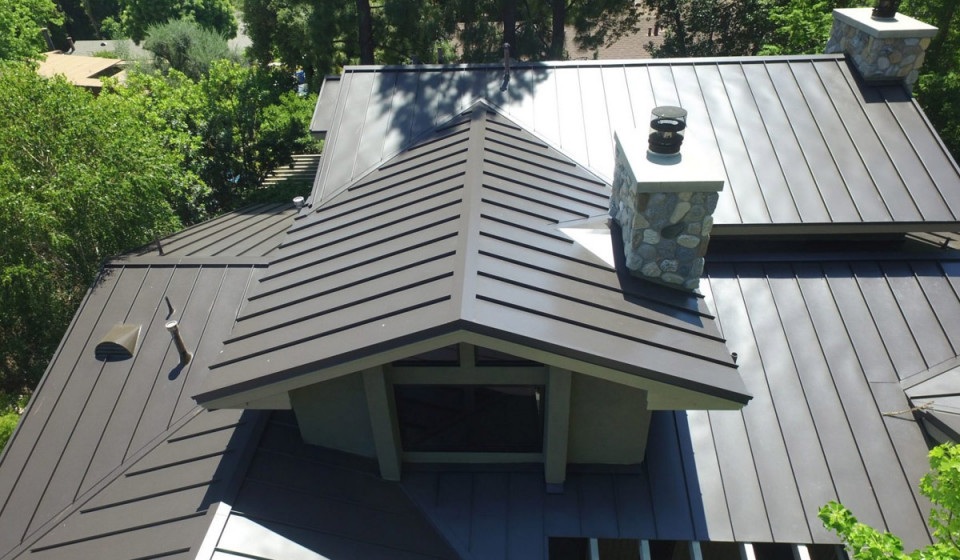
source : burrridgeroofing.com
Metal roofs have been around for a long time, and they have proven to be one of the most durable roofing materials available. We will take a closer look at the advantages and disadvantages of metal roofs, helping you make an informed decision when it comes to choosing a roofing solution for your home or business.
Advantages:
- Durability: Metal roofs can withstand extreme weather conditions, from high winds to heavy snowfall, without cracking, warping, or splitting. They are also highly resistant to fire, insects, and mold, ensuring that they last for a long time without the need for repair or replacement.
- Energy efficiency: Due to its great reflectivity, metal roofs help to keep the heat from the sun off of your house or place of business. As a result, your air conditioner won't have to work as hard to keep your house cool during the hot summer months, which could lead to cheaper energy costs.
- Aesthetics: Metal roofs come in a variety of styles, colors, and finishes, allowing you to choose a design that complements the style of your home or business.
Disadvantages:
- Cost: Metal roofing materials are often more expensive than traditional asphalt shingles, which can make them a cost-prohibitive option for some homeowners or business owners.
- Noise: Metal roofs can be noisier than other roofing materials, especially during heavy rainfall or hailstorms.
- Expansion/Contraction: Metal roofs tend to expand and contract with temperature changes, which can cause the seams to separate over time.
- Installation: Installation of a metal roof often requires specialized tools and skills, which can result in higher installation costs than other roofing materials.
Tile Roofs
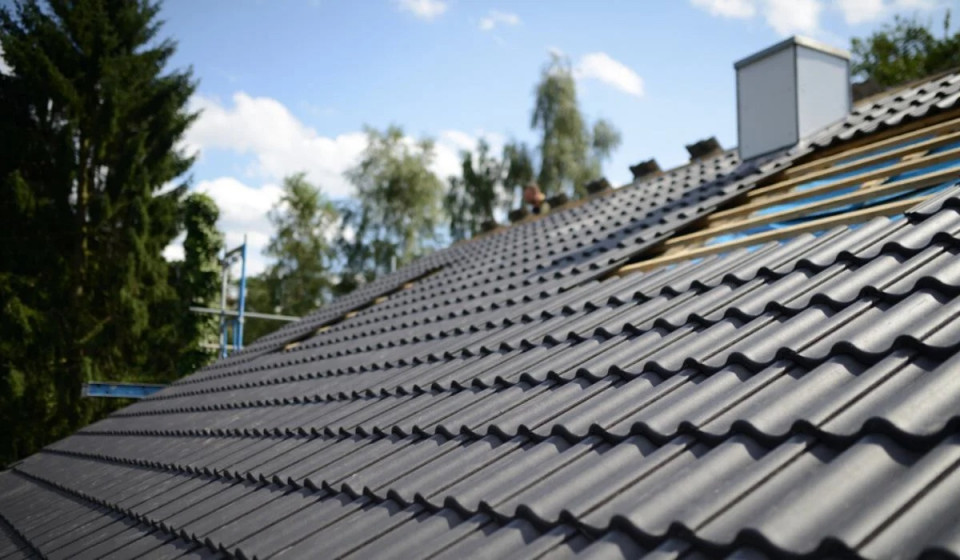
source : housing.com
Tile roofs have been used for centuries and continue to be a popular option in many parts of the world. Tile roofs are available in a variety of shapes, styles, and colors. They are typically made from clay or concrete.
Advantages:
- Aesthetic appeal: Tile roofs are aesthetically pleasing and can add value to a property. They come in an array of colors, shapes, and textures, allowing homeowners to choose the style that complements their architectural preferences.
- Durability: Tile roofs can withstand harsh weather conditions, such as strong winds, heavy rains, and hailstorms. They have a long lifespan, with some lasting up to 100 years, making them a cost-effective option for homeowners.
- Energy efficiency: Tile roofs reflect the sun's heat, reducing the amount of heat that enters the home. This leads to lower energy bills as it decreases the need for air conditioning.
Disadvantages:
- Weight: Tile roofs are heavier than asphalt shingle roofs, which means they require additional support to hold their weight. This adds to the cost of installation.
- Installation: Tile roofs are difficult to install, and only skilled professionals should undertake the task. Improper installation can lead to leaks, water damage, and other problems.
- Fragility: Tile roofs are fragile and can crack, split, or break under certain conditions, such as impact from a fallen branch or heavy foot traffic.

